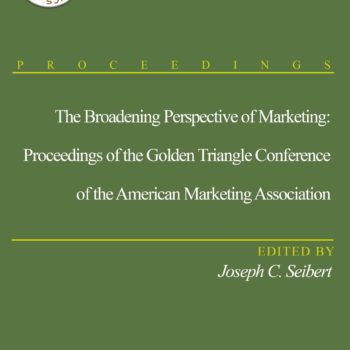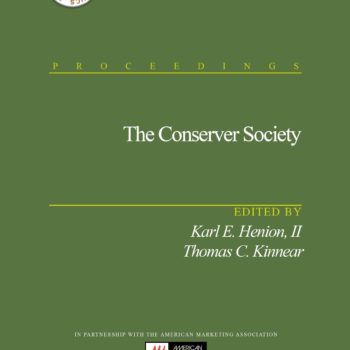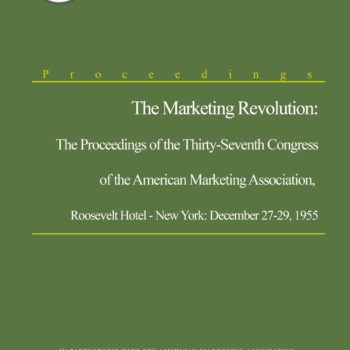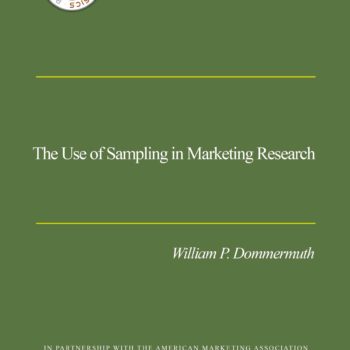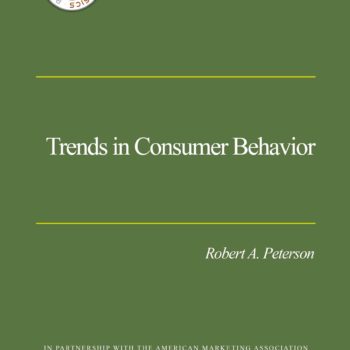Marketing Strategy Category
Straight Talk About Attitude Research
Straight Talk About Attitude Research was edited by Joseph Chasin. This work consists of papers delivered at the 12th Annual Attitude Research Conference on 1981. The papers discuss a historical perspective of attitude research and its impact on advertising and marketing in the 1980s. Some papers highlight specific topics such as the attitude of women and children, consumer attitude on established brands, and the technique of imparting attitude research findings in creating advertisements.

